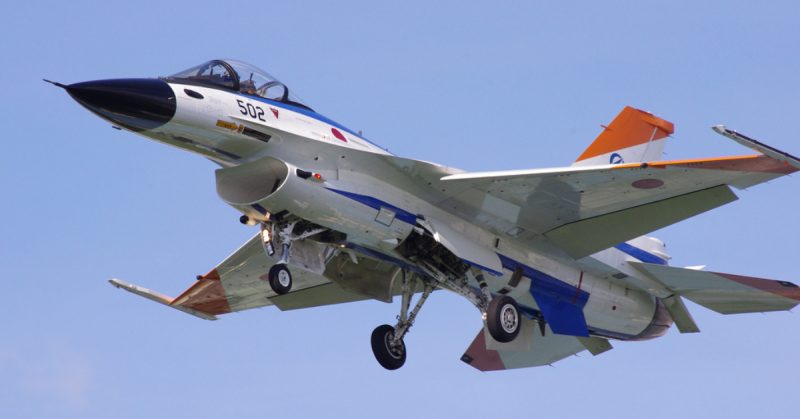As a manufacturer of fighter planes, Mitsubishi made a major contribution to the Japanese war effort during the Second World War.
A5M
Built to a Japanese Imperial Navy specification, the A5M first took flight in February 1935. It created an immediate good impression with its impressive top speed. The Navy had asked for a plane that could reach 217mph, and the A5M had a top speed of 280mph.
Based on this performance, it went into full production, and the first A5Ms entered service in 1937.
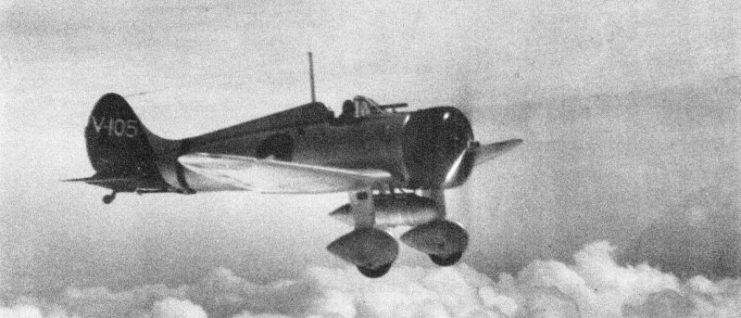
At the time, Japan was heavily engaged in an invasion of China, and improved versions of the A5M become the Navy’s more important fighter in this war. The Chinese had been inflicting heavy losses on Japanese pilots, but within a short time after the arrival of the A5M2a, the Japanese achieved total superiority in the air. The introduction of the A5M2b, developed using experience gained in China, pushed things even further – the Chinese withdrew all air units out of Japanese fighter range.
In response to the Chinese withdrawal, Mitsubishi provided the A5M4, which had even greater range. This allowed Japanese pilots to push the Chinese air units even further back from the fighting zone.
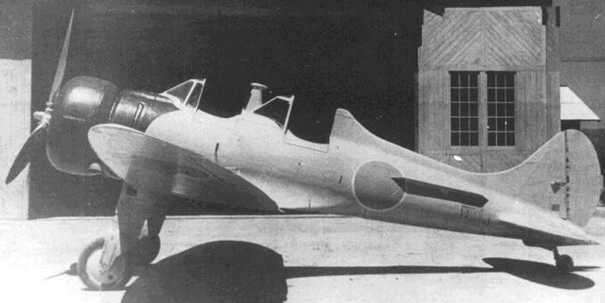
When fighting against America and its allies started in 1941, the A5M was quickly outclassed by modern Allied fighters. It was withdrawn to second-line duties, returning to the front line as a kamikaze plane in the last desperate days of the war.
A6M Zero-Sen
When the Japanese Navy issued a new requirement in 1937 for a fighter with greater maneuverability, speed, range, and weaponry, only Mitsubishi rose to the challenge. They succeeded with style, producing the A6M, the most famous and feared Japanese plane of the Second World War.
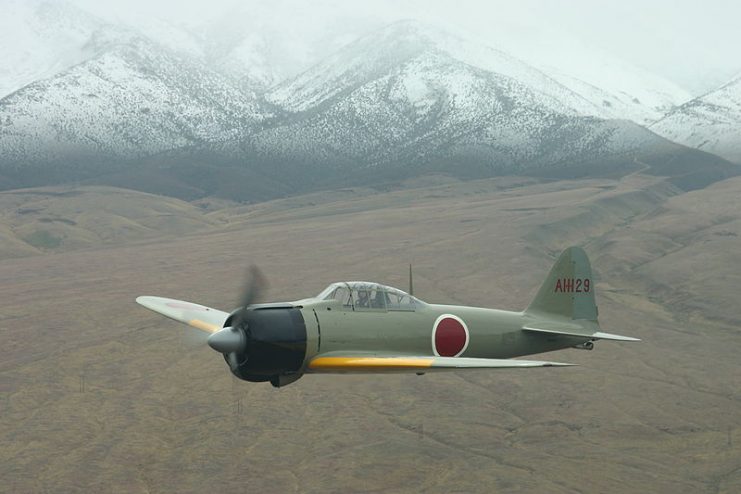
The A6M entered service in 1939 and soon increased Japan’s aerial dominance over China. Word of this powerful new plane reached the Americans, who largely ignored it until the attack on Pearl Harbor in 1941. This proved to be a mistake, as large numbers of A6Ms and their superior design gave Japan the edge in the Pacific throughout 1942, outclassing even the most maneuverable Allied fighters.
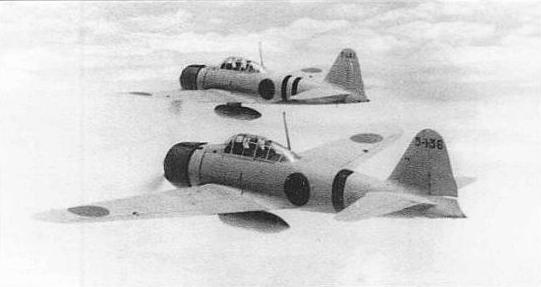
In mid-1942, the Allies finally acquired a complete A6M and sent it back to America for testing. This revealed the plane’s weaknesses, including a lack of protection for the fuel tanks and pilot. When new, better armored Allied planes joined the fight in 1943, they quickly turned the tables, devastating units of A6Ms.
An improved engine allowed the A6M8 to better compete with Allied fighters, but by then the war had turned against Japan. The now-underperforming A6M was the first plane used for kamikaze suicide attacks.
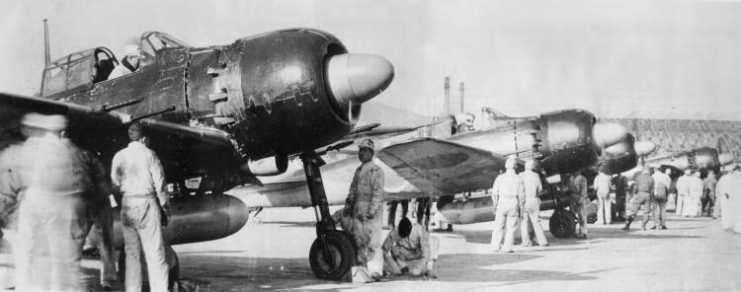
10,938 A6M Zeros were produced in total, making the A6M the most numerous Japanese plane of the war.
J2M Raiden
The J2M represented a change in approach for the Japanese Navy. Previously, they had focused on maneuverability in their fighters. With the J2M, speed and climb were paramount. The reason for this was that the J2M would have a different role from other fighters: intercepting incoming Allied bombers.
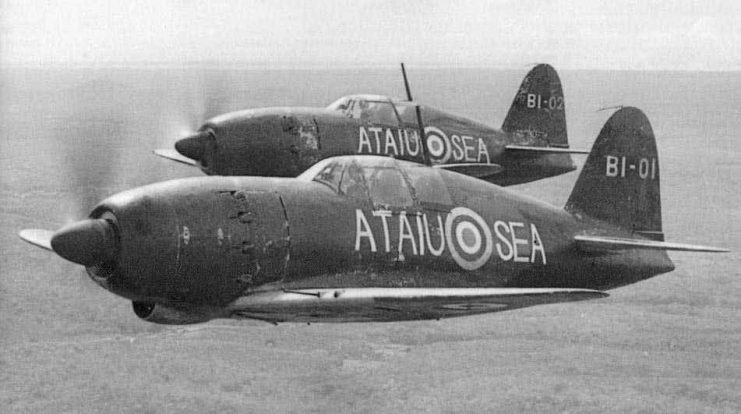
Though designed by the same team as the A6M, the J2M was not as successful. Early versions had problems that prevented them from meeting Navy specifications. Technical issues kept an improved version of the plane out of action until December 1943.
Despite this, the J2M played an important role in air defense over Japan in the final stage of the war.
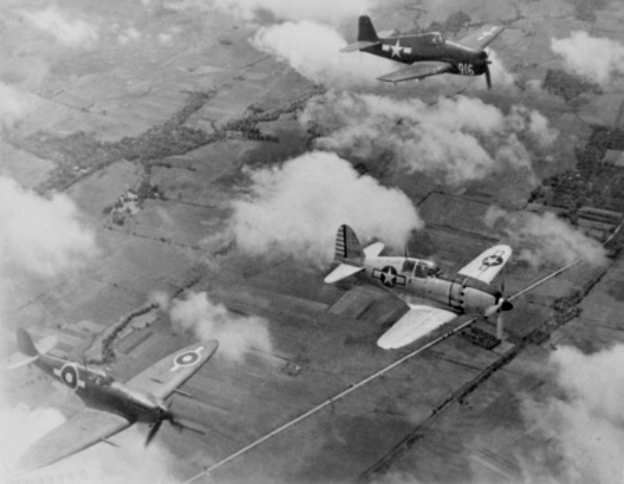
Ki-46-III Kai
The original Ki-46 was a reconnaissance plane fitted with photographic equipment.
In the summer of 1943, with the Allies on the offensive, the Japanese Army needed a heavy interceptor to take out incoming bombers and they needed to get it into action as quickly as possible. Attention turned to the Ki-46, with its proven performance and high speed. The Army Aerotechnical Research Institute converted the plane, replacing its photographic equipment with cannons, to create the Ki-46-III.
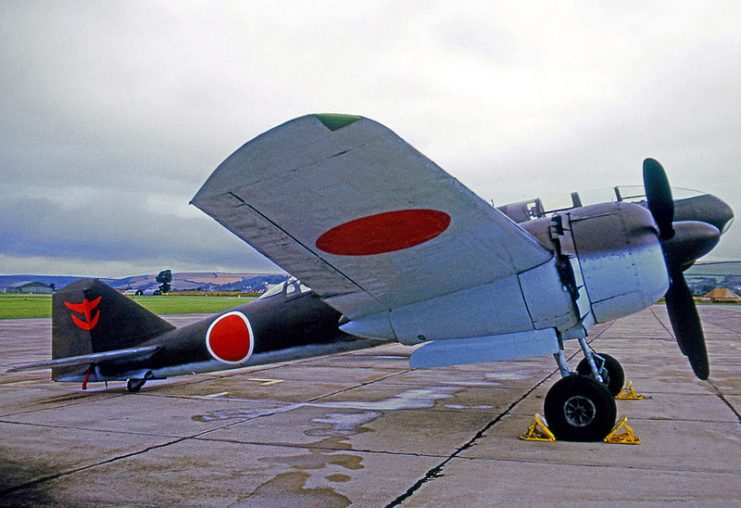
200 of these planes were made, with the first going into combat in October 1944. They did not live up to the hopes of the army planners. An unimpressive climb rate hindered interceptions, and their lack of armor made them vulnerable to the gunners of American B-29s. When the Americans switched to night attacks, a lack of radar made the Ki-46-III even less useful.
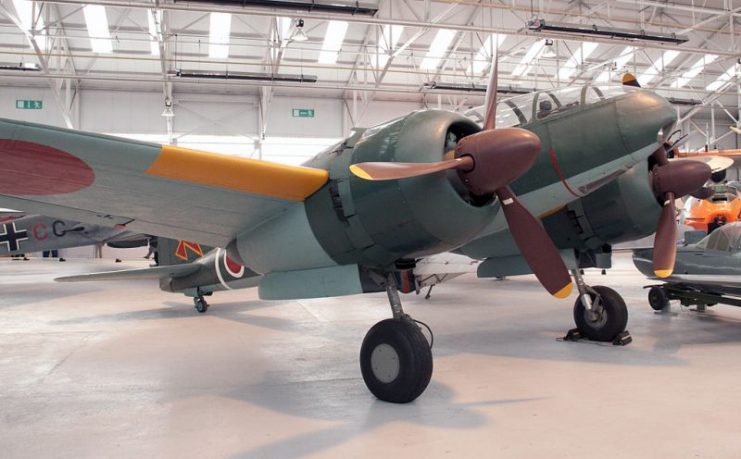
Ki-109
Another answer to the B-29 raids was the Ki-109. This was another conversion job, turning the Ki-67 heavy bomber into an interceptor.
Originally, planners intended to make two versions of this plane. One would be a hunter, equipped with a searchlight and radar with which to find Allied planes at night. The other would be a killer, equipped with a heavy cannon for taking out targets. This scheme was soon abandoned in favor of a simpler approach: a single, heavily armed daytime interceptor.
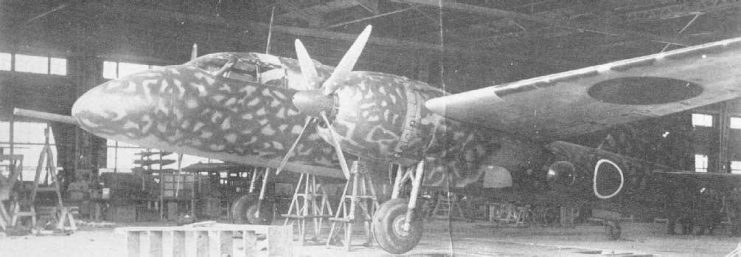
Equipped with a better engine than the Ki-67, the Ki-109 was very maneuverable at lower altitudes, but not at high altitudes. In the end, this did not matter much, because the Americans switched to low altitude nighttime raids for which the Ki-109 was not equipped. Only 22 Ki-109s went into service.
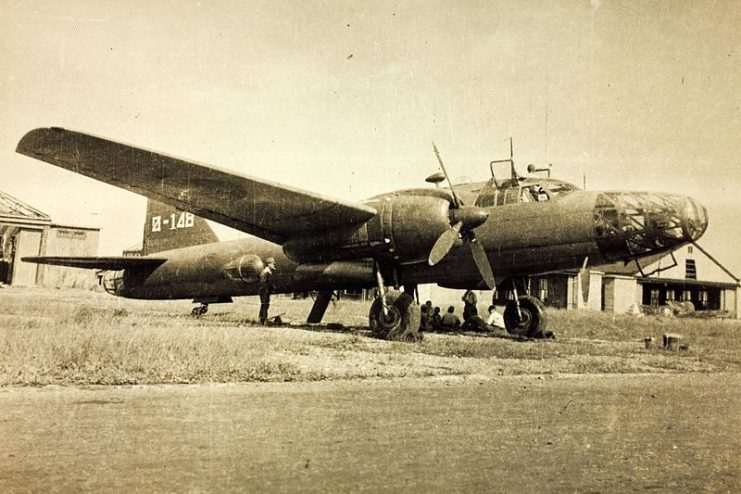
F-2
Decades after the heyday of the Mitsubishi planes, Japan began to consider producing home-grown fighters once more. In 1987, under pressure from the United States, the Japanese decided to base their plane on an American design, the General Dynamics F-16.
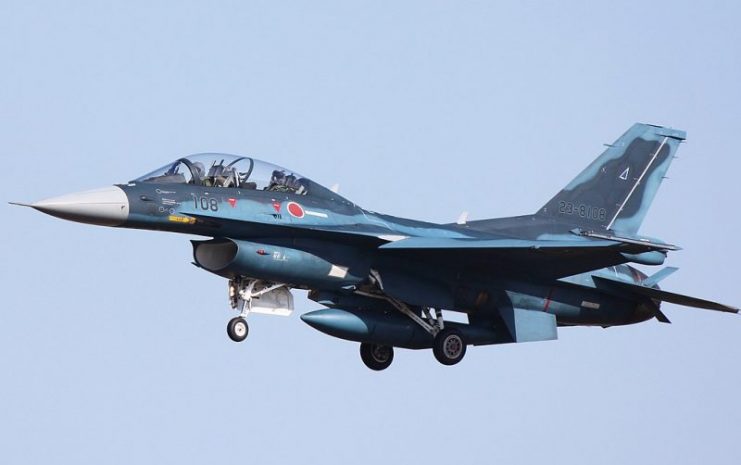
Read another story from us: Taking the War to the Skies – Some of the Best Fighter Planes of the War
Built with the help of General Dynamics and then Lockheed Martin, the F-2 incorporated Japanese technology into a broadly American design. The first prototype flew in 1995 and the plane joined the Japanese Air Self-Defense Force in 2000.
The F-2 serves in a range of roles, including air defense and ground attack.
